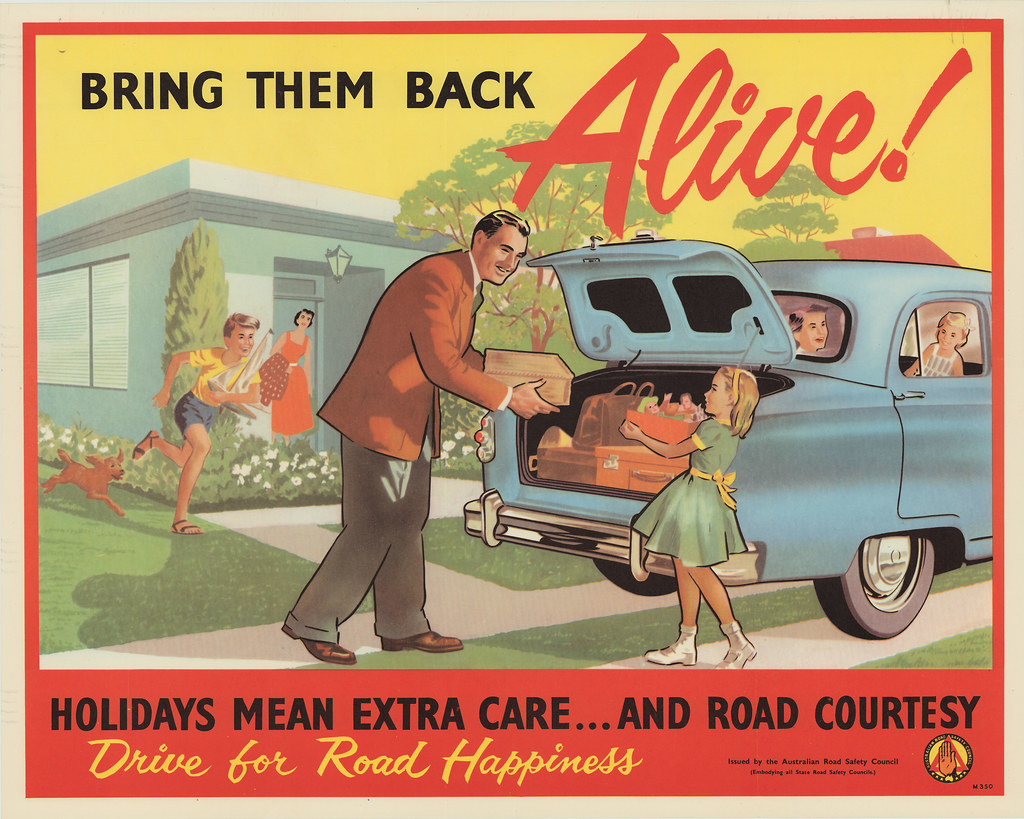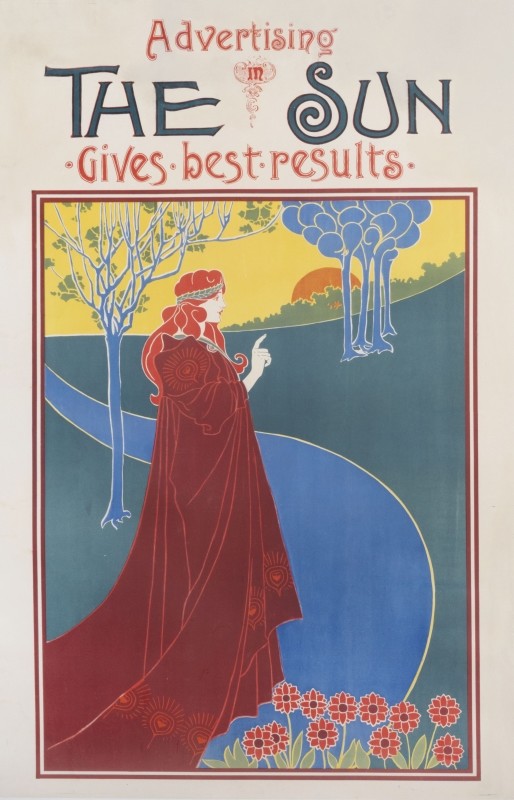In today’s digital world, media remains to be the leading tool in influencing society. Social media Influencers, in particular, remain the most prominent driver in the online industry, having one of the most significant impacts on a brand’s revenue. However, before the rise of media and social influencers, posters and propaganda were the backbones behind advertising and media.

https://www.theguardian.com/culture/gallery/2020/oct/07/posters-that-changed-the-world-in-pictures
The Birth of the Lithographic Poster
When Lithography was invented in 1798, at first it was too slow and not worth the cost for poster production. However, this changed when a French designer by the name of Jules Cheret released three posters that achieved every colour of the rainbow with three stones. These stones were the three primary colours we know today. Although his technique required keen precision and craftsmanship, the result was worthwhile. This economic and attractive form of printing was remarkably ideal for commercial posters and paved the road to modern advertising.

https://www.internationalposter.com/product/eldorado-courrier-francais-edition/
La Bellle Epoch
The “Moulin Rouge” was a famous lithographic poster for a French nightclub. Designed in 1891 by French artist Henri de Toulouse-Lautrec. Following the Moulin Rouge, the popularity of lithographic posters and propaganda rose all over France. This period was known as “La Belle Epoch” (the Beautiful Age), a time of economic prosperity in France prior to WW1. This period was also known as the Golden Era for illustrators and graphic designers. The mass production of posters allowed them to develop a public presence at new speeds, with their works dominating the media industry.

Posters Go Global
Following the Moulin Rouge, three years later the influence of poster design started to spread all over Europe. Each country started to develop its own unique style of posters. Despite having an obvious influence on each other, each nation developed its own distinct style. Louise Rhead was an icon in poster art, his rare talent brought him success in both Europe and America designing about 100 posters in 1890.

https://www.internationalposter.com/product/the-sun/
A Tool of War
With a new role as propaganda, posters had a huge influence on World War 1. With a well-executed design, moving colour choice, and careful choice of words, a simple print on paper could motivate tens of thousands to join the army. The war drove the biggest ad campaign known to mankind. There were countless ways propaganda was used by each nation. This ranged from recruiting, raising money, and encouraging volunteers, to increasing economic production, and encouraging women to work in factories.

https://www.theguardian.com/culture/gallery/2020/oct/07/posters-that-changed-the-world-in-pictures
Posters Today
The role of posters has adjusted to society’s needs over the past century, from an art form to advertising, to propaganda. Although its use decreases as we advance into the modern digital age, it will always be remembered playing a significant role in influencing today’s mass media.
Citations:
https://www.thoughtco.com/the-belle-epoque-beautiful-age-1221300
https://www.mdc.edu/wolfson/academic/artsletters/art_philosophy/humanities/belleepoque.htm
http://www.designhistory.org/Poster_pages/LaBelleEpoque.html
http://www.designishistory.com/1850/posters/
https://www.internationalposter.com/a-brief-history-of-the-poster/
https://www.theguardian.com/culture/gallery/2020/oct/07/posters-that-changed-the-world-in-pictures
6 Principles of Persuasion Explained With Propaganda Posters
Leave a Reply